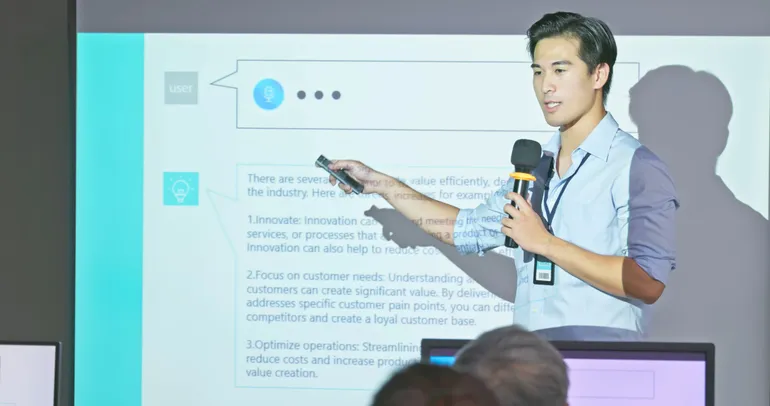Dive Brief:
- Disparities in artificial intelligence implementation at the school district level appear to be persisting among low- and high-poverty districts, according to a recent survey by Rand Corp.
- Between 2023 and 2024, the overall percentage of all districts training teachers on AI more than doubled from 23% to 48%. Still, low-poverty districts were far more likely to provide such training in fall 2024 than high-poverty districts at 67% vs. 39%.
- Based on districts’ reported fall 2025 plans, Rand projects this gap won’t go away in the near future even as more districts provide training. This means districts serving students in high-poverty schools will “likely need additional support to prepare their teachers for AI,” researchers wrote.
Dive Insight:
Rand’s findings back up heightened fears that inequities will worsen when it comes to schools’ implementation of AI. These challenges come as the Trump administration has moved to shutter the U.S. Department of Education and has “abolished” the agency’s Office of Educational Technology.
For three decades, OET pushed at the federal level for equitable access to technology and developed resources to guide its use in schools. Those efforts included the release of several resources for schools and technology leaders on responsibly using AI in classrooms. Without the office, former OET employees said, it’s unclear how school districts with fewer resources will be able to keep up as AI continues to rapidly develop.
“The faster take-up of AI in historically advantaged settings raises concerns about wide disparities in teachers’ and students’ opportunities to learn with these tools — with the notable caveat that it remains unknown to what extent adoption of these generative AI tools will improve teaching and learning,” the Rand report said.
Even with AI’s classroom role and impact not yet clearly defined, Rand said that whatever best practices emerge from teachers’ use of the technology should be “equitably shared” through state and regional education networks. To close the teacher AI training gap, high-poverty districts will need targeted funding and support from state and federal agencies as well as from technical assistance centers and philanthropic organizations, the report suggested.
The Rand report also stressed that AI training at the district level can help address educators’ fears and hesitancy around the technology. Still, nearly all surveyed district leaders reported their training opportunities were optional for teachers.
Separate from the survey, Rand interviewed 14 district leaders about what exactly those AI trainings look like. Beyond addressing teachers’ anxiety with the technology, districts said they also wanted to empower educators to effectively use AI for tasks like lesson planning.
Efforts to define training priorities on student AI use, however, remain slowgoing. Rand said its interviews suggested “that districts are taking a cautious approach, focusing first on educator proficiency before integrating AI into student learning experiences.”



